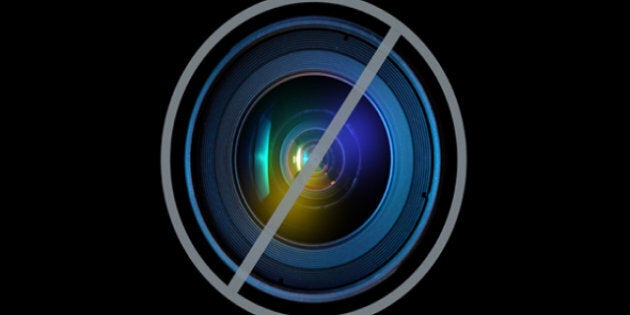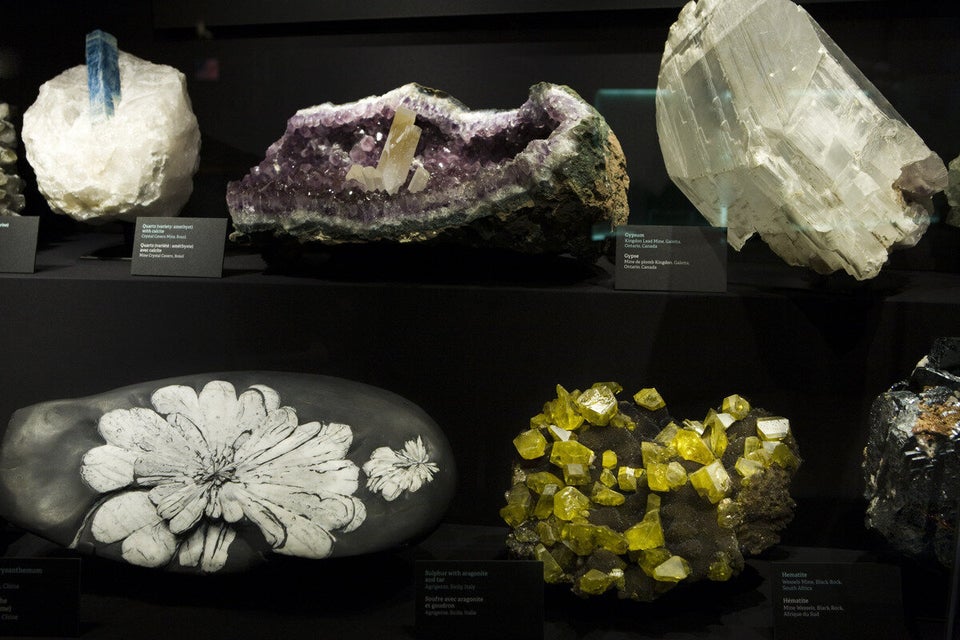
The forthcoming Museum of Canadian History has started implementing PM Harper's directives to slaughter the most visited museum of the country in order to make way for a venue where canuck history is highlighted.
Concerned Canadians across the country have given their opinions on the themes, personalities, events and milestones that tell the Canadian story, and suggested objects that they would include in the new Museum. The Ottawa-Gatineau public consultation last week featured a panel of five pontificators: novelist Charlotte Gray, museum architect Douglas Cardinal, and a historical journalist, the head of Outaouais Tourism and myself. The concept was MY HISTORY MUSEUM: A TO ZED --where special guests were asked what they would put in a Canadian history museum of their making, all the while stringing together their thoughts around a particular letter of the alphabet. The initial chose for my allocution was the letter U.
We've been taught that Canada statrs with explorer Samuel de Champlain's 1603 voyage, followed by a string of French and British explorers including Jacques Cartier, LaSalle, Laverandrye, etc. Even early explorer Giovanni Caboto's name has been ethnically cleansed to fit the faulty theory.
As recently as 2009, Canadian Tourism Commission spokesperson conceded that "Canada has had a kind of vanilla pudding image -- safe and nice, like the girl next door -- not the hot chick you'd want to go on vacation with." In other words, we're perceived as "uninteresting."
But the Museum of Canadian History doesn't have to be. Some U-words to consider:
- Uncovering the sagas from Canadians outside the umbrella of the dominant culture
- Unearthing the stories that we don't already know
- Unshackling ourselves from the colonial narrative that permeates the image we have of ourselves, and the image the rest of the world has of us
- Uncorking the struggles our ancestors faced and their innovative coping methods, allowing even the umpteenth-generation Canadian to understand the writhes faced by new Canadians.
- Unleashing the tribulations and the triumphs that make Canadian History surprising, alluring, dramatic and entertaining.
Dramatic? Entertaining? H-E-double-hockey-sticks yeah!
The Americans think they have the monopoly on those adjectives when it comes to their country's history. They don't. A Canadian History Museum can showcase the contribution of people who fall outside the dreary stereotypes and repetitive platitudes. The international acclaim for Lawrence Hill's epic novel The Book of Negroes is proof that there is indeed an appetite for untold stories from the unusual suspects.
Just a few stories begging to be unveiled:
- The Father of British-Columbia in the 1800s is Sir James Douglas. How does an immigrant from South America end up founding a province, starting the first integrated police force, staving off Americans' thirst for the Gold Rush, creating a peaceful coexistence of former Afro-American slaves, French Europeans, British immigrants, Metis and Indigenous folks in the 1800s?
- The translator who arrived with Samuel de Champlain in 1603 was Mathieu DaCosta, an African-born polyglot who played a pivotal role in the first contact with natives. How did an African man come to be fluent in so many tongues, including Aboriginal language(s)? Why did he end up on Champlain's maiden voyage? Where there others?
- John Ware, Alberta icon. How does an escaped American slave become the famous, coolest cowboy in 18th century Alberta? Where are his descendants? How did his steer wrestling event evolve into the Calgary Stampede?
The Museum of Civilisation remains most-visited museum of the country because recurring visitors' insatiable appetite for uncovering accounts which balance typecasts imposed on foreign lands.
When we hear China, certain things pop in our heads. When we attended the Treasures from China exhibit, another side of the Sino story was unmasked. The exhibit offered a unique insight into 4,000 years of Chinese history and highlights some of the contributions made by the Chinese people to human civilization.
When we hear "Middle East" and "Jordan", the constant barrage of conflicts reported in the news come to mind. The PETRA: Lost City of Stone exhibit told the story of a once-thriving metropolis located in Jordanian desert. It was a new lens in which to view that part of the world.
The ideal the Museum of Canadian History challenges Canadian caricatures and stereotypes while allowing Canadians and foreigners to discover the full spectrum of Canadian history, in all its splendour, in all its colours. A utopic Museum of Canadian History offers just as much wonder, introspection, and challenged-preconceptions as the current Museum of Civilisation does.
The ultimate Museum of Canadian History is a space where we can all see a reflection of ourselves.
